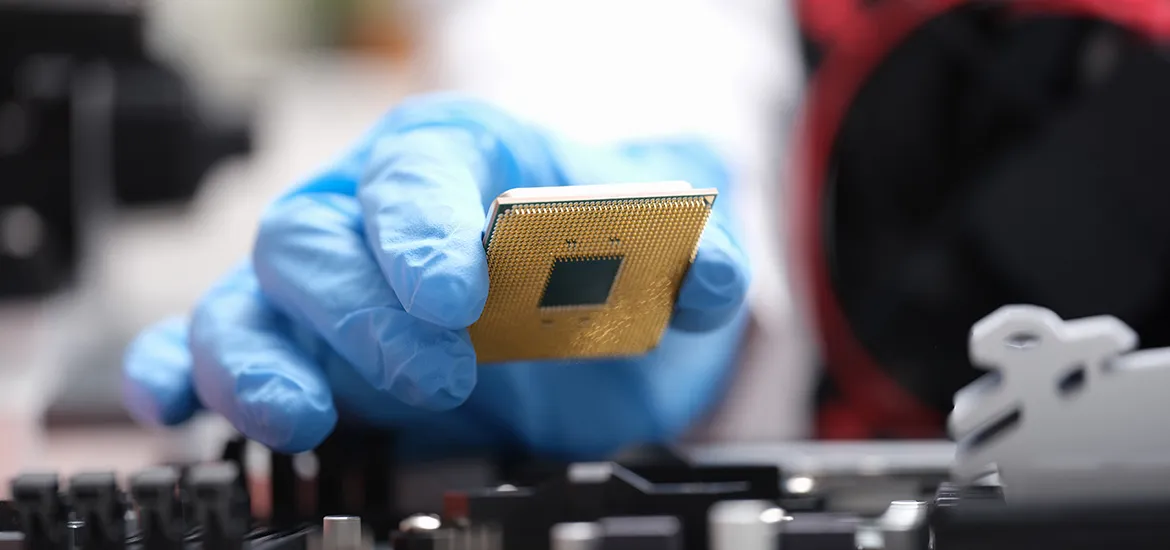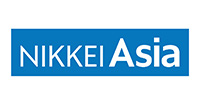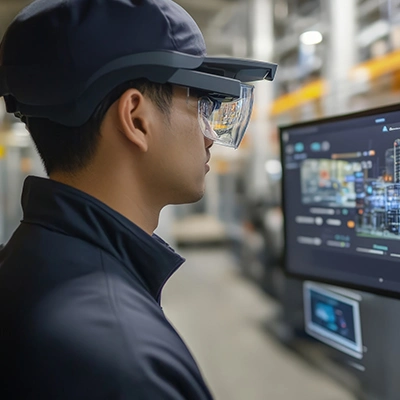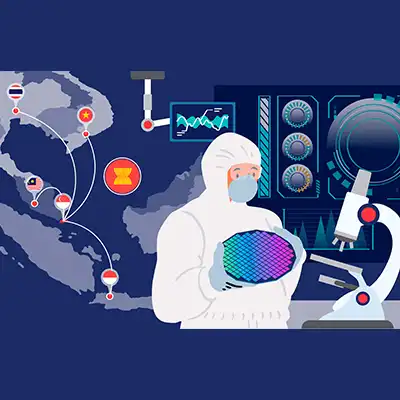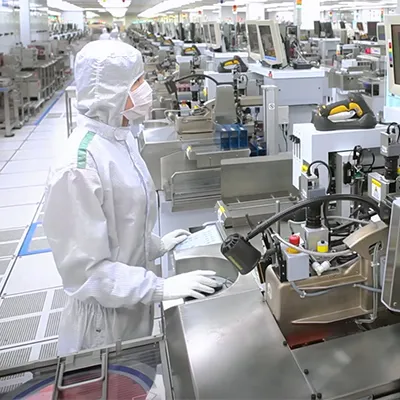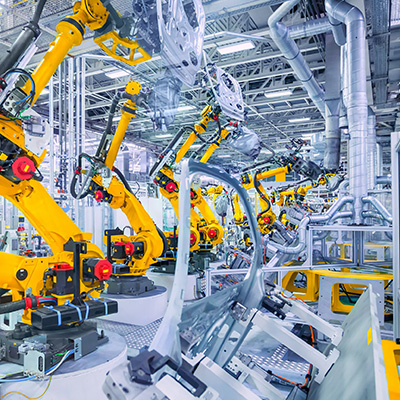Spending on chip production equipment has long been viewed as a key barometer of the outlook for future chip demand and production capacity growth.
Industry trade group SEMI calculates that China probably spent more on chip equipment in the first half of the year than Taiwan, South Korea and the U.S. combined as Beijing stockpiled items ahead of an expected tightening in Western export restrictions. However, the group forecasts that this spending will slow through 2027 while the U.S., Europe, Japan and Southeast Asia step up investment.
Only Japan’s Canon and Nikon offer semiconductor lithography machines comparable to those of ASML. China’s Shanghai Micro Electronics Equipment and Huawei are developing their own lithography tools but have yet to produce commercially viable models.
So far, ASML remains the world’s exclusive provider of extreme ultraviolet (EUV) lithography machines. This cutting-edge technology is required for producing advanced semiconductors beyond the benchmark of 7-nanometers, as required for the manufacture of high-performance mobile and computer processors and artificial intelligence chips like those in the iPhone 16 series and Nvidia’s high-end product line. (With semiconductors, smaller numbers generally indicate a more advanced and powerful chip, with more transistors packed more closely together.)
All of ASML’s EUV machines are assembled at its headquarters, including its latest high numerical aperture EUV machines. These boast a redesigned optical system and a much faster staging system for moving around the masks, or reticles, embedded with the design blueprints used to produce each chip.
The company’s push to develop a new generation of chipmaking equipment to support more intricate, high-resolution designs relates to the demand ASML is getting from makers of both logic and memory chips for the development of AI computing, said Fouquet, who was responsible for the EUV business as executive vice president between 2018 and 2022.
ASML has already shipped its first High NA EUV machine to Intel. The Dutch company says all its other EUV customers have also placed orders for the latest model. The machine sells for around $350 million, well above the $180 million to $200 million level of ASML’s standard EUV line.
Customers have begun testing the new machines, and Fouquet expects broad adoption of the technology to start in 2026 or 2027. Some clients like TSMC and Intel run tests with their own wafers in a laboratory at ASML headquarters. Tokyo Electron, Japan’s top chip equipment maker, even has staff stationed at the lab to facilitate parallel development of its machines for coating wafers with light-sensitive chemicals known as photoresists; these will directly link to ASML’s EUV machines.
Fouquet said that for ASML, it is vital to keep research and development activity close to production to improve the speed of adjustments and the introduction of new models. The company’s R&D budget last year reached 4 billion euros ($4.39 billion), more than double the 1.6 billion euros it spent in 2018.
